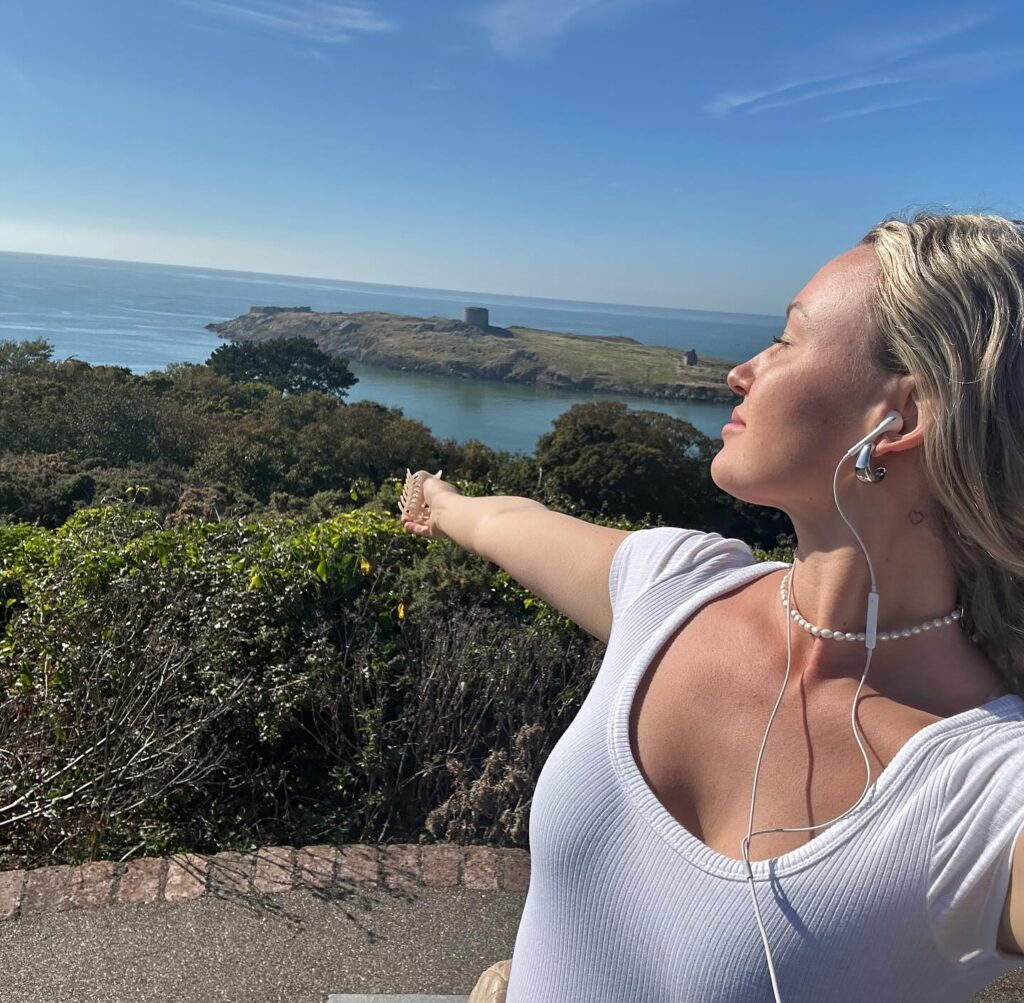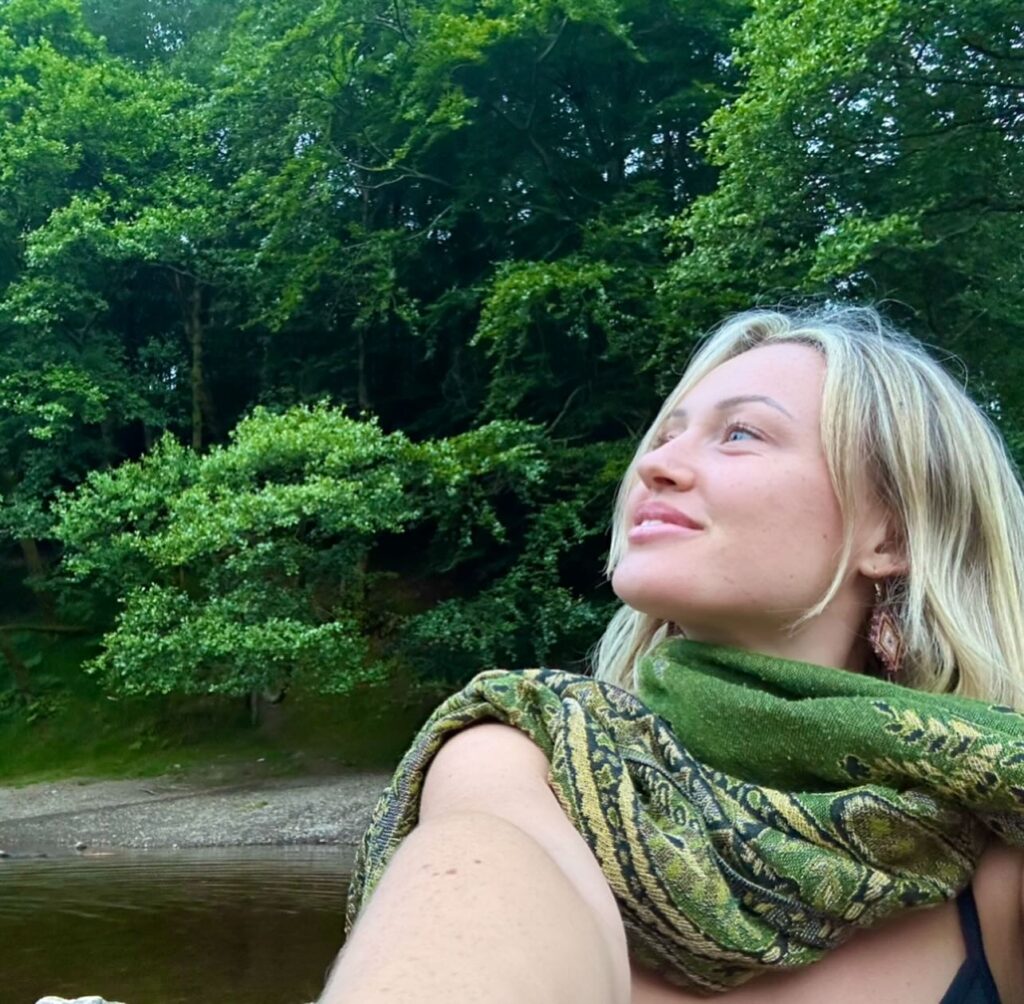Feldenkrais Method

Feldenkrais Method
The Feldenkrais Method offers a unique approach to human movement, learning, and self-improvement. Developed by Dr. Moshe Feldenkrais, a physicist and Judo expert, this method seeks to enhance awareness of movement patterns and uncover new possibilities for greater efficiency, ease, and enjoyment. Within the holistic wellness sphere, The Feldenkrais Method is valued for its ability to reduce pain, improve flexibility, and promote a greater sense of well-being by working with the nervous system through gentle, exploratory movement lessons.
What is The Feldenkrais Method?
Key principles of The Feldenkrais Method include:
- Movement Re-education: Focus on retraining the nervous system through subtle, mindful movement explorations.
- Neuroplasticity: Based on the brain’s ability to rewire itself, forming new connections, improving how we move.
- Awareness Through Movement (ATM): Verbal lessons guiding students through unusual movement sequences.
- Functional Integration (FI): One-on-one sessions with a practitioner using gentle touch to facilitate new movement patterns.
- Organic Learning: Emphasizes exploration, curiosity, and finding easier ways of moving rather than striving for ‘perfect’ form.
How can The Feldenkrais Method help you?
The Feldenkrais Method may provide potential support if you:
- Experience Chronic Pain: Seek ways to reduce pain and improve how your body moves and functions.
- Desire Increased Flexibility: Want gentle ways to enhance range of motion and overall mobility.
- Recovering from Injury: Are working on rehabilitation and regaining optimal movement capabilities.
- Want to Improve Performance: Athletes, dancers, etc., may benefit from finding greater ease and efficiency in movement.
- Seek Stress Reduction: The focus on awareness and mindful movement can reduce stress and tension.
What is The Feldenkrais Method good for?
Consider using The Feldenkrais Method if you have:
- Back Pain, Neck Pain, or Joint Issues: Can help re-pattern movements that contribute to chronic pain.
- Neurological Conditions: May improve function in those with MS, stroke recovery, cerebral palsy, and more.
- Limited Range of Motion: Gentle explorations can gradually improve flexibility and mobility.
- Performance Goals: Helps fine-tune athletic movement, dance technique, or other performance skills.
- Desire for Mind-Body Awareness: Want to deepen a sense of embodiment and connection to your movement.
Benefits of The Feldenkrais Method
Potential benefits of practicing The Feldenkrais Method include:
- Pain Reduction: Re-learning efficient movement patterns reduces stress on the body, improving pain conditions.
- Increased Flexibility: Expanding movement repertoire leads to greater range of motion and ease.
- Improved Posture and Balance: Enhanced body awareness improves posture, balance, and coordination.
- Stress Relief and Relaxation: The mindful focus and gentle movements calm the nervous system.
- Enhanced Performance: Develops greater ease, precision, and fluidity in movement-based skills and activities.
- Mind-Body Connection: Deepens awareness of how thoughts and emotions influence movement patterns and vice versa.
What to expect from The Feldenkrais Method with a practitioner
The Feldenkrais Method utilizes two main forms of practice:
- Awareness Through Movement (ATM): Group classes, where a teacher verbally guides students through movements.
- Functional Integration (FI): Individual sessions, with the practitioner using gentle touch to facilitate movement.
An ATM class typically involves slow, focused exploration of novel movement combinations to foster awareness and uncover habitual patterns. Whereas, an FI session is tailored to the individual’s specific needs and limitations.
Similar Modalities to The Feldenkrais Method
Other movement and wellness disciplines share similarities with The Feldenkrais Method:
- Alexander Technique: Also focused on body awareness and postural re-education for greater ease of movement.
- Pilates: Shares a focus on core strength and body mechanics, but with more emphasis on specific exercises.
- Somatic Therapies: Broader category including Feldenkrais, and focusing on embodiment and mind-body connection.
- Yoga and Tai Chi: Share the use of mindful movement, though with more established traditional forms.
Final Thoughts
The Feldenkrais Method offers a unique and empowering approach to improve physical function, reduce pain, and enhance overall self-awareness. Its focus on gentle exploration and discovery make it an accessible practice for people of all ages and abilities. If you seek innovative ways to develop a more integrated sense of movement, reduce pain, or simply become more aware of the incredible connection between mind and body, The Feldenkrais Method may be a valuable addition to your wellness journey.
Scientific References
- Hillier, S., & Worley, A. (2015). The effectiveness of the Feldenkrais Method: A systematic review of the evidence. International Journal of Osteopathic Medicine, 18(2), 75–95.
- Kolt, G. S., & McConville, J. C. (2000). The effects of a Feldenkrais Awareness Through Movement program on state anxiety. Journal of Bodywork and Movement Therapies, 4(3), 171–176.
- Lundblad, I., Elert, J., & Gerdle, B. (1999). Randomized controlled trial of physiotherapy and Feldenkrais interventions in female workers with neck-shoulder complaints. Journal of Occupational Rehabilitation, 9(3), 179–195.
Recommended Reading
- Feldenkrais, M. (2002). Awareness Through Movement: Health Exercises for Personal Growth. HarperOne.
- Feldenkrais, M. (1981). The Potent Self: A Guide to Spontaneity, Awareness, and Mobility. Harper & Row.
- Rywerant, Y. (2003). The Feldenkrais Method: Teaching by Handling. Healing Arts Press.
FAQ: Feldenkrais Method
Is The Feldenkrais Method painful?
No! Focus is on slow, gentle movements within your comfort range, gradually expanding what is possible.
How quickly will I see results from The Feldenkrais Method?
Varies. Subtle shifts may be immediate, while lasting changes develop with ongoing practice and awareness.
Does The Feldenkrais Method have side effects?
Generally safe. Some may feel temporary muscle soreness, similar to starting any new movement practice.
Can The Feldenkrais Method replace physical therapy?
Can be complementary. Always consult with both your doctor and practitioner about how it fits your needs.
Where can I find a qualified Feldenkrais practitioner?
Look for certification through organizations like the Feldenkrais Guild of North America or International Feldenkrais Federation
Related Practitioners
Kim McIntire
The Neurodivergent Healer & Hypnotist
- Carson City, Nevada, United States
- +1 (775) 240-6381
My name is Kim McIntire, and my transformative journey in holistic wellness commenced 22 years ago during my time at… Read More
Ella Ringrose
Awaken Your Inner Power, Align with Your Purpose
- Toronto, Golden Horseshoe, Ontario, Canada
- +1 (555) 555-0000
Ella Ringrose is a spiritual guide dedicated to empowering individuals on their spiritual journeys. Through her YouTube channel, she shares… Read More
Ali Campbell
Neuro Linguistic Programming Expert
- Los Angeles, Los Angeles County, California, United States
- +44 (2) 555-5555
As information is rapidly changing, we encourage you to continue to stay informed. Please visit our Coronavirus Resource Center, Healthgrades… Read More























